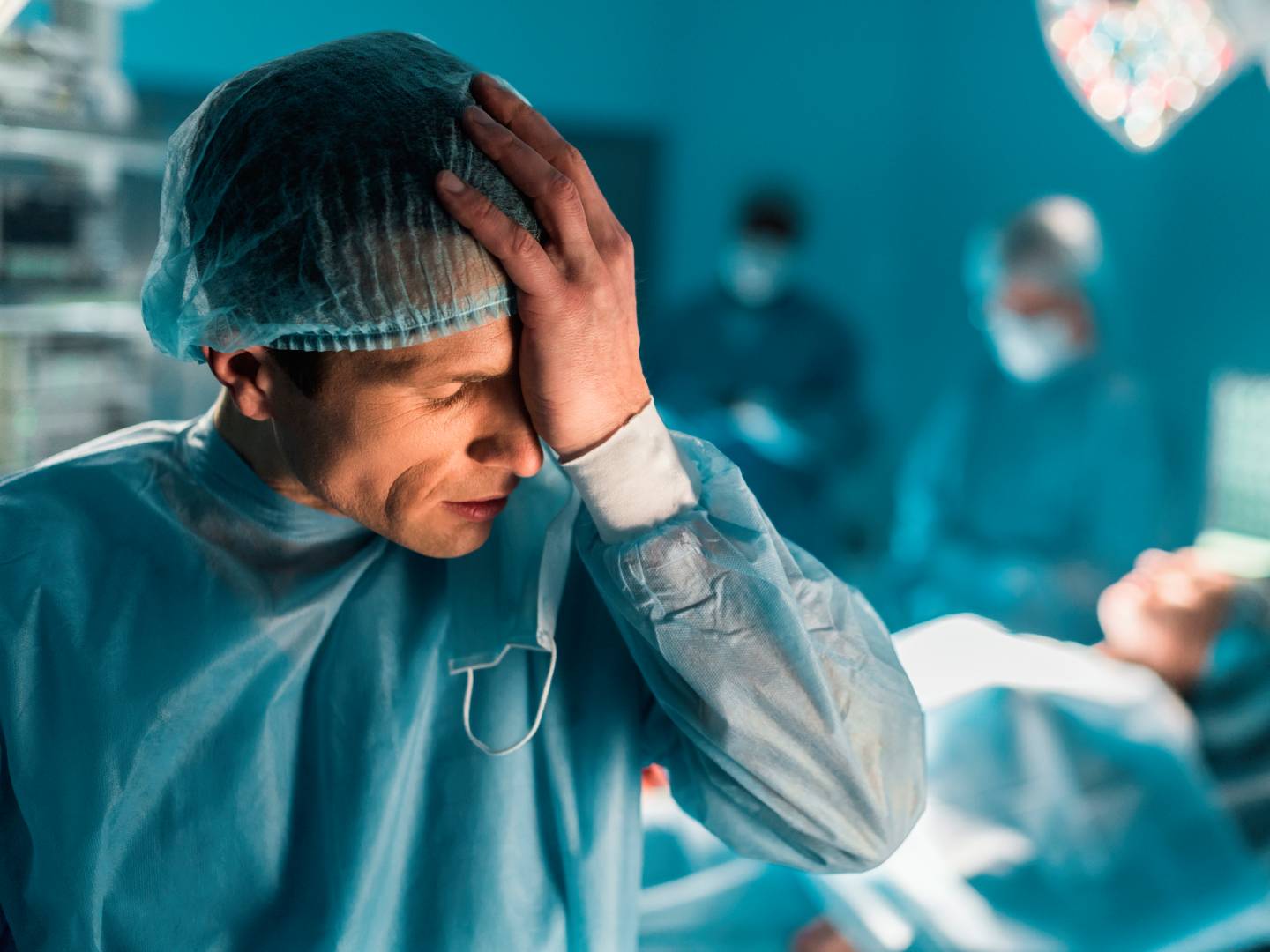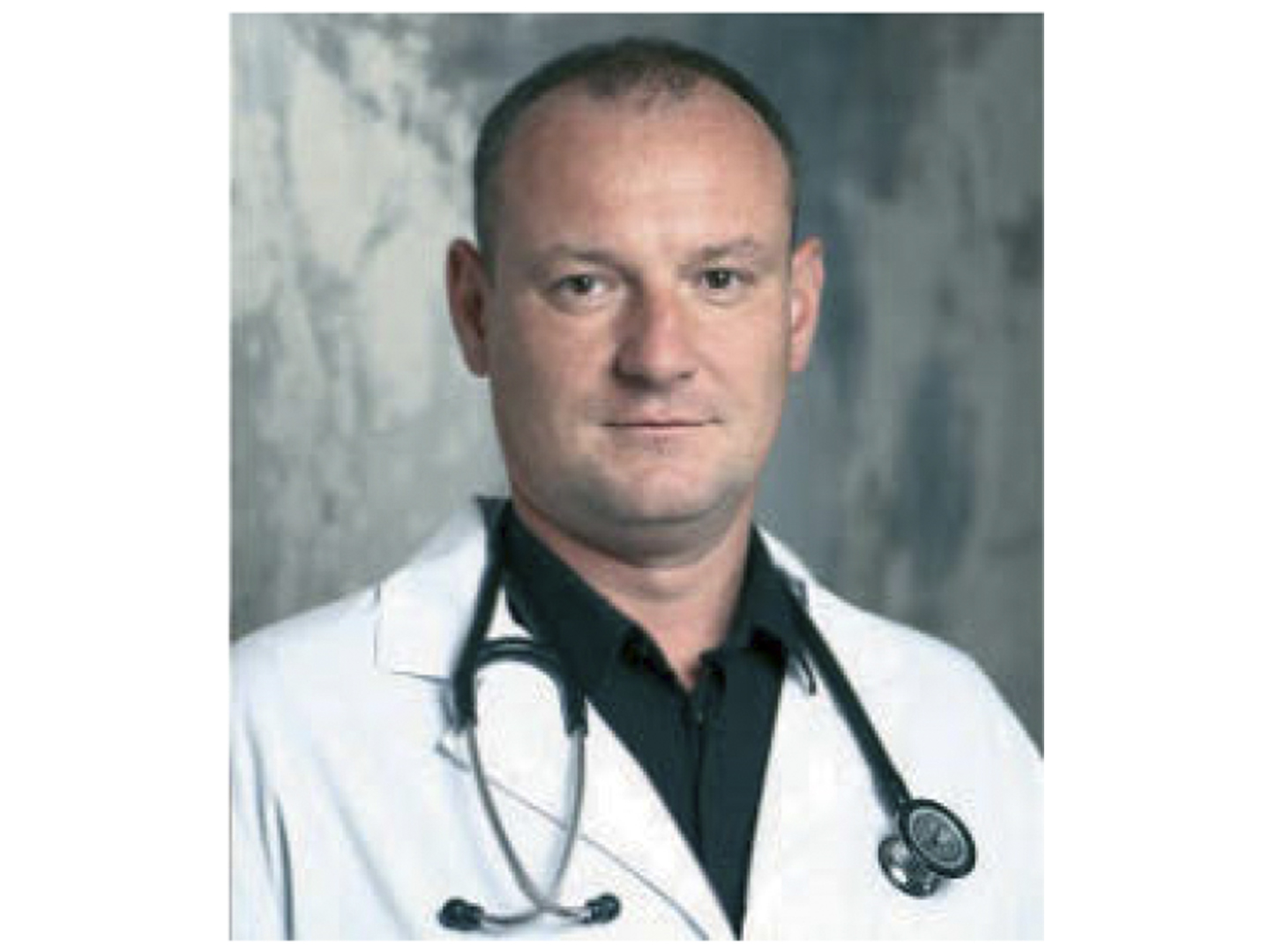Decasan in the treatment of infected wounds after urological surgeries
The Institute for Urology of the Academy of Medical Sciences of Ukraine, Kyiv
The problem of prevention and treatment of postoperative purulent complications in Urology is still a current issue as of today. To a substantial degree this is related to the increasing number of complex surgeries using modern technologies, the increasing volume and duration of surgical interventions, accompanied by increased tissue trauma and blood loss, which contributes to the development of postoperative wound infections [8].
The number of postoperative purulent complications in elective abdominal surgery is 6-8 % on the average (0.8-2% in “clean” surgeries and up to 20 % in contaminated surgeries) [2, 6, 14]. The most frequent wound-related purulent inflammatory complications in Urology occur after surgeries for purulent pyelonephritis and pyonephrosis, with incidence from 6.8 to 42 %, according to different authors [3, 6].
According to CDC’s National Nosocomial Infections Surveillance (NNIS), USA, surgical site infections (SSI) are the third most common nosocomial infection, contributing to 14 and 16% of all nosocomial infections in hospitalised patients [15].
Between 1986 and 1996 a total of 15 523 cases of SSI were documented in 593 344 surgical procedures in hospitals subject to epidemiological monitoring of SSI within the NNIS system. Of the above in 2/3 patients the process was localized in the area of incision and in 1/3 cases the organs or cavities adjacent to the surgical site. The emergence of SSI extends hospital stay by 10 days and increases the cost of hospitalisation by 2000 USD [5, 14].
Infectious complications, developing in hospitalised patients may be caused by either community-acquired or nosocomial flora [9]. According to NNIS and domestic authors, the distribution of pathogens, isolated in SSI, has not undergone any substantial changes during the recent decade, despite of differences of these indices across various surgical clinics [15]. The following pathogens are the most frequently isolated ones: Staphylococcus aureus, coagulase-negative Staphylococci, Enterococcus spp. and Escherichia coli. Increasingly important role in the development of SSI is being played by antibiotic-resistant strains, such as methicillin-resistant S. aureus (MRSA) and Candida albicans [12].



